The Man Behind Porsche’s Greatest Modern Car
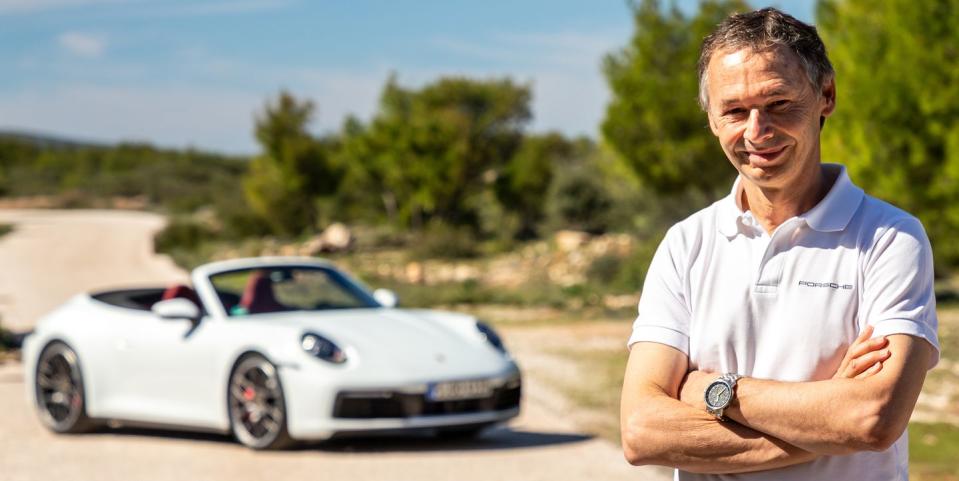
At the beginning of April, August Achleitner retired after 36 years at Porsche. He worked first at the chassis department, in the 1980s, then on packaging for the first-generation Boxster and 996-generation 911 in the 1990s. He helped bring the Carrera GT to life. But his most important role at Porsche was as chief engineer for the 911, the car that defines the company.
An Austrian who grew up in Munich, Achleitner took over the 911 program in 2001, inheriting the car internally known as 996 during the launch of its second-generation refresh. He oversaw three new generations of 911-997, 991 and 992-each one bringing profound changes to one of the world's favorite sports cars.
This story is compiled from four conversations I had with Achleitner over several months-one at Porsche's Rennsport Reunion last year, mainly focused on the 991; another at the Los Angeles Auto Show in November 2018, covering the then-new 992; a phone discussion, later, where he reflected more broadly on his legacy; and a final chat at the 2019 Geneva Motor Show this past spring. A picture quickly emerged showing Achleitner to be one of the most consequential figures in the history of the 911-right up there with Butzi Porsche, Hans Mezger, and Dr. Helmuth Bott.
We didn’t talk about the 996 too much. Achleitner inherited that car, the first water-cooled 911, when he joined the sports car program in 2001. And while he oversaw the launches of that platform’s Carrera 4S and Turbo S models, he says that he didn’t have a profound effect on the car. Which means his 911 story really starts with the 997, which arrived in 2004.
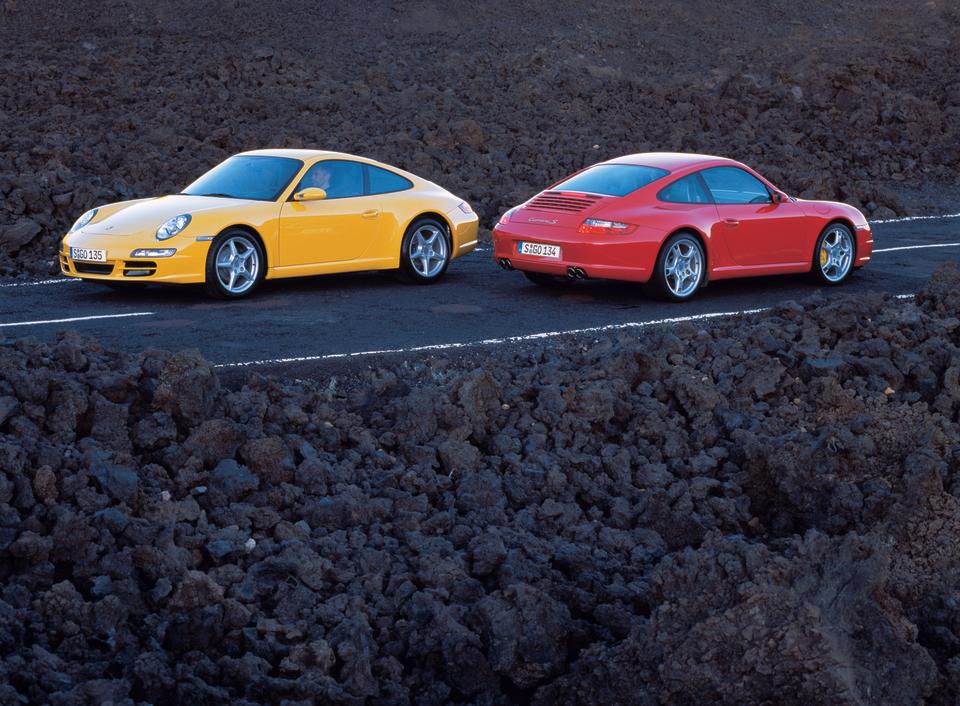
The first job was fixing the looks. “At that time, some people weren’t so happy with the styling of the 996-[it was] a little too soft and it lacked the traditional round headlamps,” he said. “The 997 used the platform of the 996, but the exterior was more or less completely new.”
A few older 911 design cues returned, as did a familiar badge: Carrera S. The revived sub-model featured a larger engine, a 355-hp 3.8-liter in place of the old car’s 325-hp 3.6, and a host of chassis and interior upgrades. It quickly became the most popular variant of the 997. "For us, [that car] was very good because it did not cost us too much more money,” Achleitner says, hinting at the model's profitability. In America, the Carrera S cost about $10,000 more than a base Carrera, a lot of coin for a mechanically similar car. The model is now so important to Porsche that the 992 was launched only in S guise-as of summer 2019, we have yet to see a non-S Carrera.
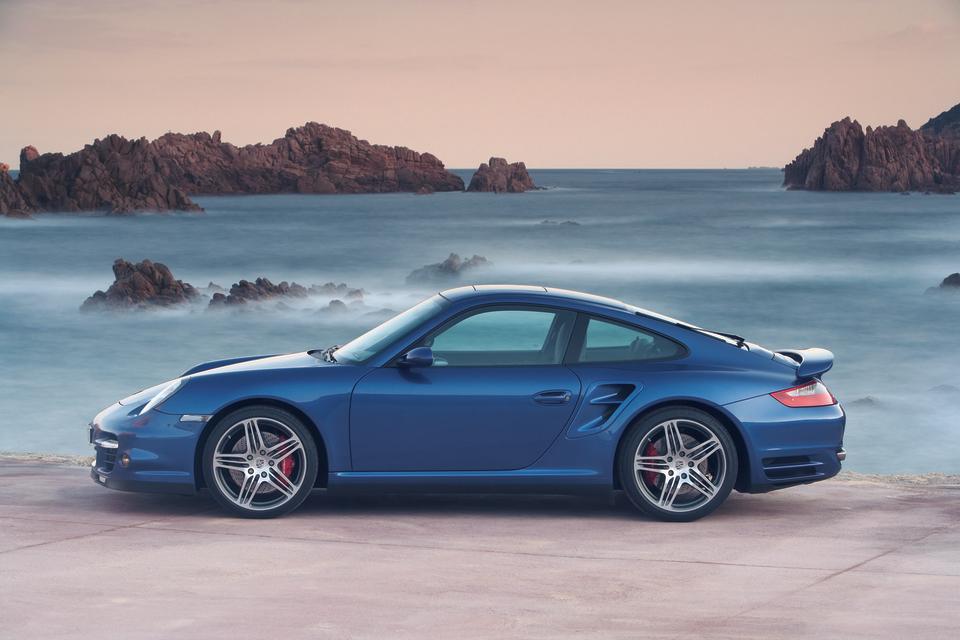
Achleitner highlighted the importance of the 997 Turbo, too, primarily because it introduced variable turbine geometry (VTG) to the marque. A VTG turbocharger has movable turbine vanes that allow quicker boost production at low engine speeds and greater boost pressure at higher rpm. Generally speaking, the technology offers the quick response of a small turbocharger with a large turbo's ability to help make horsepower. VTG was expensive and challenging to develop-Achleitner said that some of the metals involved were borrowed from aerospace technology-but worth it. The 991 Turbo, as well as Porsche’s 718 S and GTS models, now use variable turbines.
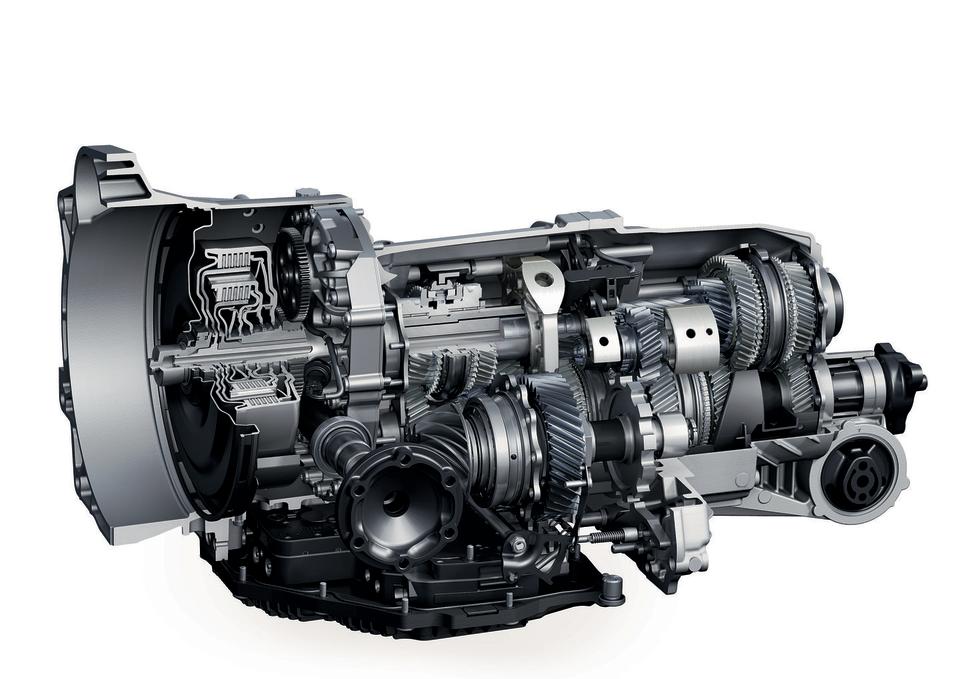
Porsche facelifted the 997 in 2008, and with slightly updated looks came a new engine, the 9A1 flat-six. This was the first 911 engine to feature direct fuel injection, and more importantly, a dual-clutch gearbox. Porsche's Doppelkupplungsgetriebe (PDK) was a radically different transmission than the five-speed, torque-converter Tiptronic automatic that it replaced. The new gearbox used two internal clutch packs: one for gears 1, 3, 5, and 7, and another for 2, 4, and 6. PDK marked a huge improvement over Tiptronic, with faster shifts and more intuitive behavior. It brought a new level of easy speed to the 911 and broadened the car’s sales appeal, but it also reset the industry benchmark for performance automatic transmissions. "This was one of the most important developments," Achleitner said.
These and other engineering choices-including the suspension and driveline calibration of the fantastic 997-generation Carrera GTS, one of the most balanced and satisfying 911s in modern history-were early highlights of Achleitner’s watch. But he really made his mark with the next-generation 911, the 991. In one of our conversations, the engineer brought up the 911's historic reputation for tricky handling, noting that older versions of the car required "a specialist at the wheel."
"There have been many discussions on whether the 911 was the right sports-car concept generally," Achleitner said. "I personally have always been convinced that this concept is one of the best-because of the rear engine, you have the weight on the axle where all the forces have been transmitted to the road. You get a lot of mechanical grip.
"With the new platform of the 991, we were able to avoid all the disadvantages of a [rear-engine] layout, and just emphasize the advantages."
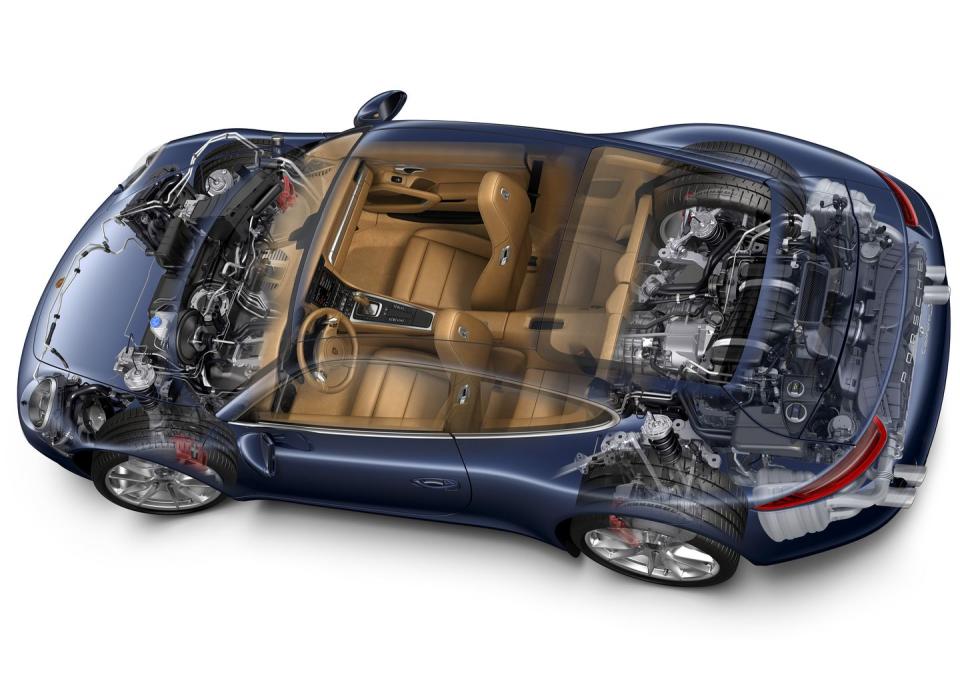
The 991, introduced in 2011, wasn't vastly larger than the 997 it replaced, but it grew in significant ways. Length increased by 2.2 inches, but the greater change was in wheelbase-a 3.9-inch increase, one of the largest in 911 history. This served to move the rear axle three inches aft in the chassis, increasing cockpit room and high-speed stability but also making the car a little less rear-engined than it had been.
"This had been a really big change, and one could feel immediately during the first drives that the driving behavior and characteristics were much, much better than the 997 before," Achleitner said.
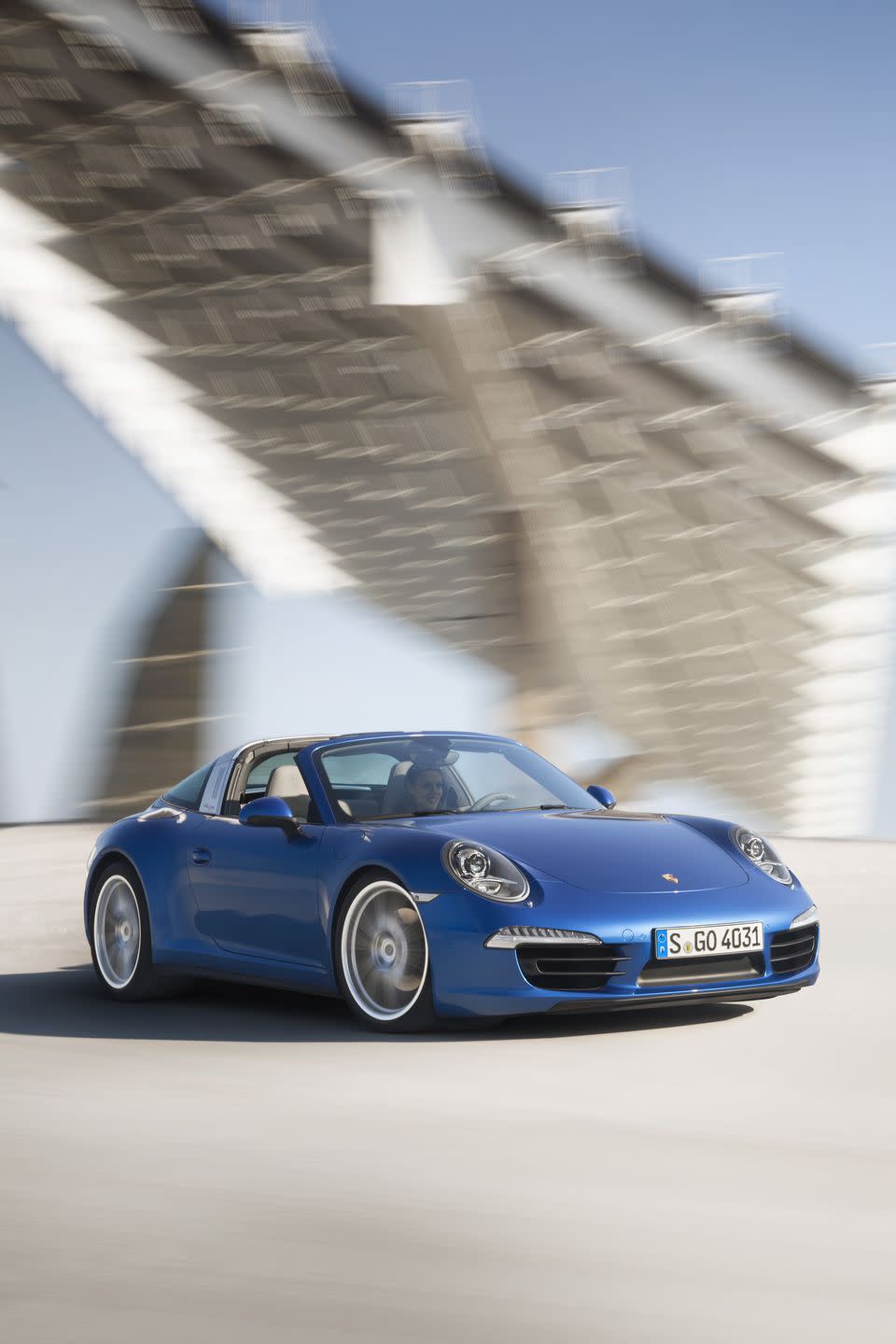
The 991’s flat-six was carried over from the 997, but it received a few upgrades for more power. And for cost and efficiency reasons, rather than use a six-speed manual gearbox, Porsche chose to adapt its PDK transaxle to work with a clutch pedal, in the process creating the world's first seven-speed manual. But one of the most important changes brought by the 991 was the switch from hydraulic to electric power-assist steering. This was done partly in the interest of fuel efficiency-eliminating an engine-driven hydraulic power-steering pump reduces parasitic horsepower loss-but primarily for reasons of packaging. The move caused trepidation among enthusiasts, who feared the switch to electric assistance would rob the 911 of its famously textured steering feel.
Achleitner wasn’t worried. "We did not have much discussion about the steering systems," he said. "When we drove the first prototypes with the electric power-assistance, we found out it gives you the chance to make the steering even better.” He noted that, while the 991’s steering system prompted much public discussion when implemented, that talk diminished over the model’s life. Today, with electric steering used by virtually the entire industry, the 911 remains a benchmark for feel.
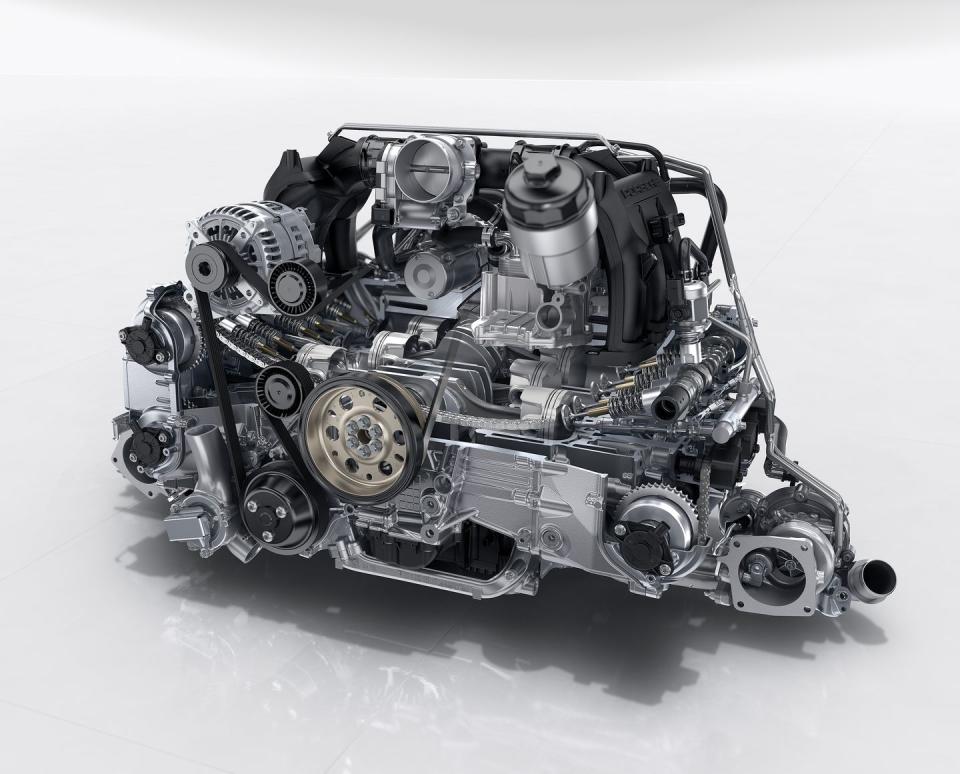
What did give Achleitner pause-along with many others at Porsche-was the car’s engine. The 991 debuted with a revised version of the 997's 9A1 flat-six, a gem. But for the 911’s 2015 facelift, a new engine was developed for all Carrera models: a 3.0-liter flat-six wearing two turbochargers. For the first time, "ordinary" 911s would not offer a naturally aspirated engine-the expensive, track-focused GT3 was the only variant without turbos. "In my opinion, this was a bigger revolution than the change from air-cooled to water-cooled engines," Achleitner said. "This was not a change in cooling system, but a change in characteristic."
Predictably, the change came from a search for efficiency. A smaller engine would help improve fuel economy and reduce emissions, especially on cold starts.
"We had a lot of concern that we [wouldn't] be able to keep the characteristic of the engine as we wanted," Achleitner said. "If you look at most other companies, their turbocharged engines stop revving at about 6000 rpm, or even less… A sports-car engine doesn't just move the car, it has to be fun. Nobody buys a 911 if it's not fun to drive."
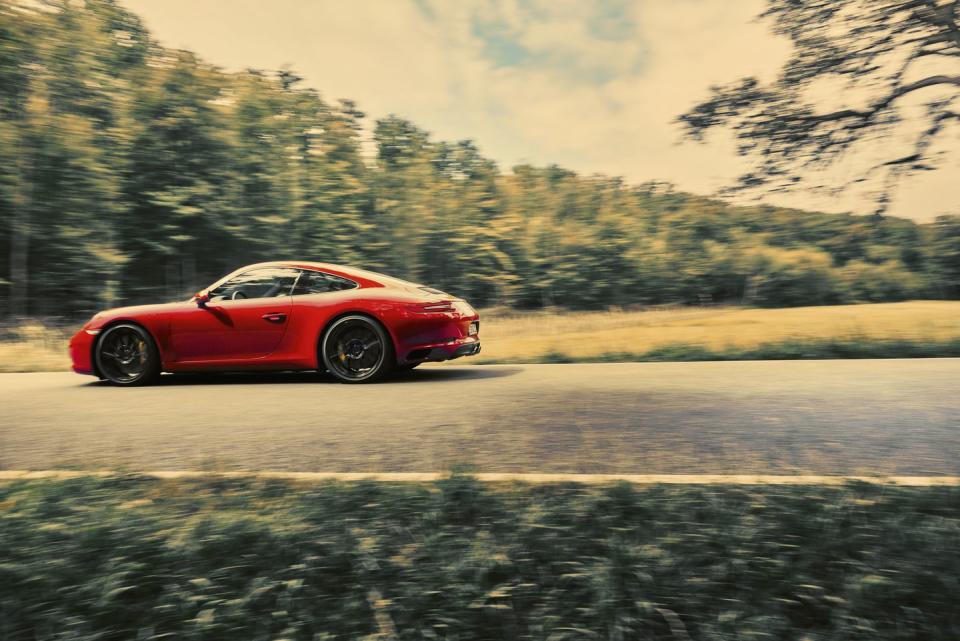
Porsche worked hard at achieving that goal. It developed an innovative anti-lag system that made turbo lag virtually imperceptible. Compared to the outgoing naturally aspirated 9A1 six, the new engine lost just 300 rpm, for a 7500-rpm redline. Turbochargers tend to mute all the good noise enthusiasts like, too, and Porsche worked on adding some back in during the rest of the 991's life. The result was an engine that felt vastly different from its predecessors, one with tons of low-end torque that was still willing to rev and sing.
Achleitner also considers the capital-T Turbo a highlight from the 991. "This is, in my opinion, one of the best sports cars ever," he said. "It's a really fast car, but completely easy to drive. Of course, we know for some guys, it's too easy to drive, but for them, we have a GT3."
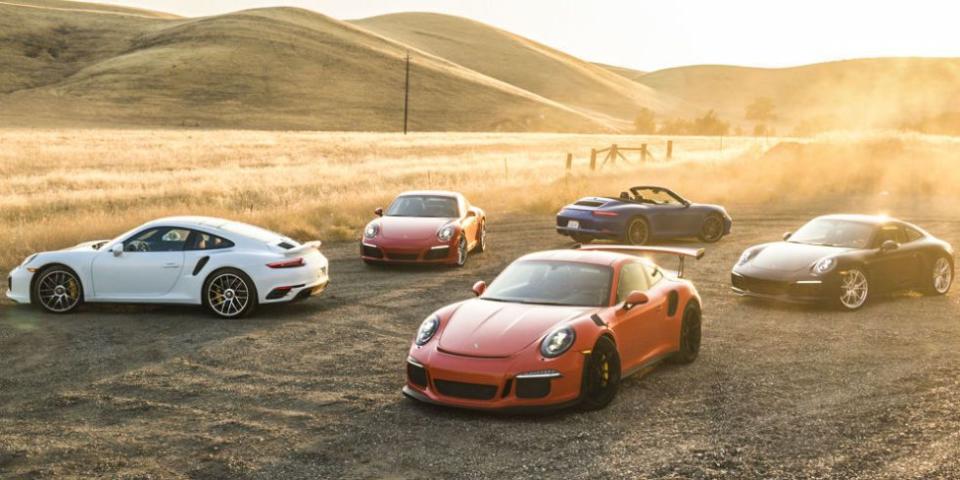
I asked Achleitner if it was possible for a 911, or any car, to be too easy. "I think you will not find the correct answer, because drivers are different," he said. "If I look at all our customers, really experienced drivers, or guys who go on the race track, they are the minority. For, say, 95 to 98 percent of our customers, the good drivability, this easy handling without any problems, is the right way. We offer variants that require a little bit more knowledge and driving skill. For these guys, we have a GTS, a GT3, or even a GT2 or a GT3 RS. But for the majority, the average customer, it's better to have a basic Carrera or a Turbo."
This hints at the core conflict of running a modern performance-car company that made its bones pleasing a small, demanding audience: In order to grow, you have to please more people, but in order to please those people-to say nothing of remaining profitable-you often have to stray from your original mission. A story from the 997 days provides a good example:
"At the beginning of the GTS [project], we planned to only launch this as a rear-wheel drive car because of the weight, and because it was really a car between the Carrera S and GT3. And, let me say, even a little bit closer to the GT3 than the Carrera S. And then, I got a phone call from my Austrian colleagues. They said to me, 'Oh, Mr. Achleitner, you made a beautiful car with the GTS, but you forgot us. We only sell all-wheel drive cars.' And it was the same for the Swiss guys-they sell almost no rear-drive [911s].
"I said to them, 'Just wait three months, and you'll get a Carrera 4 GTS.'"
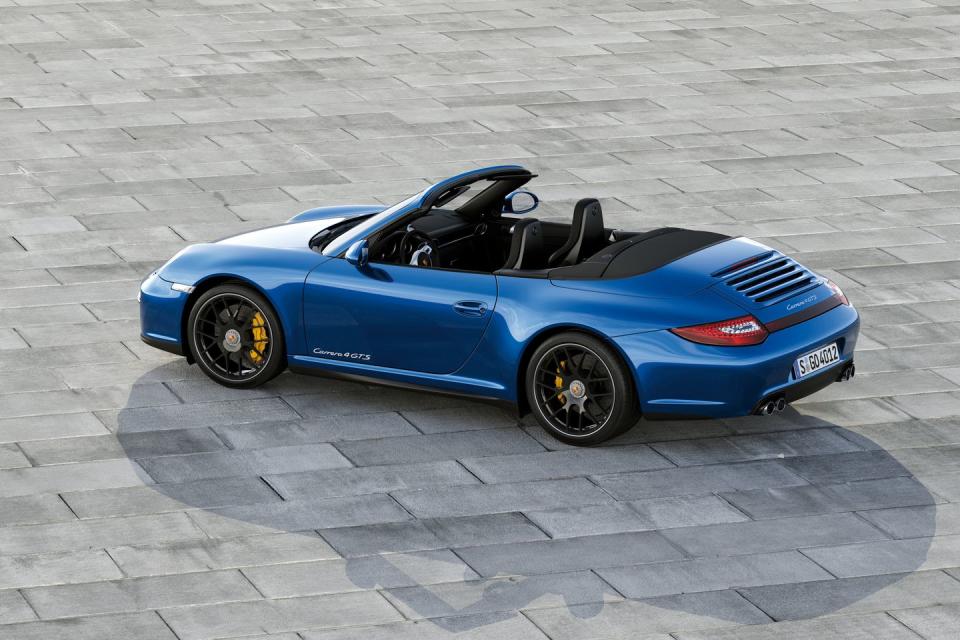
Porsche's customer magazine, Christophorus, once called Achleitner the "keeper of the grail." The more I spoke with him, the more that title made sense. In his time as head of the 911, he accomplished the seemingly contradictory-he broadened the car’s appeal and practicality, while still keeping much of the model's character alive. The 911 is now more of a luxury/GT car than it once was, but it remains a sporting benchmark in the industry.
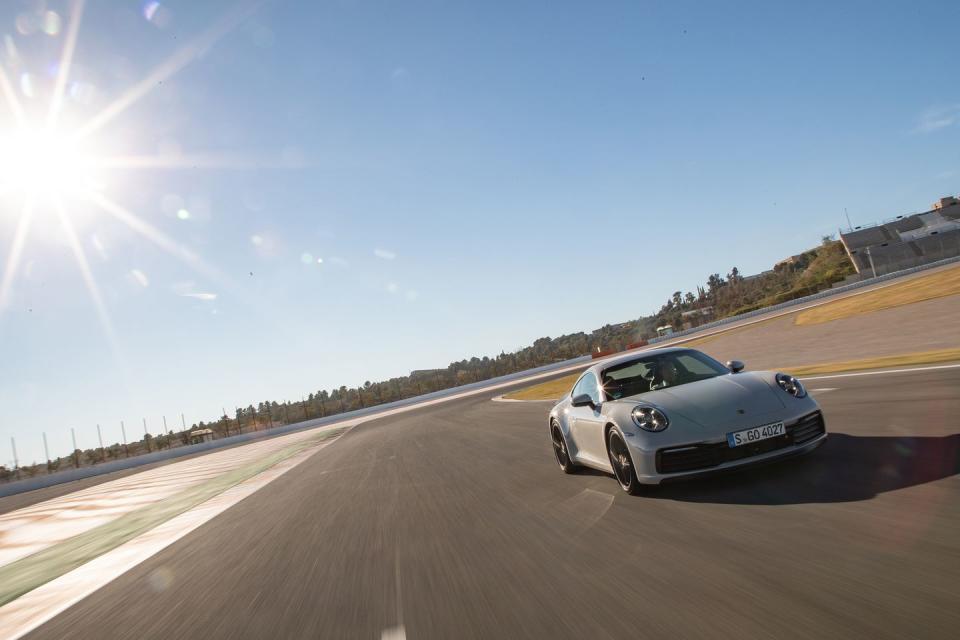
Achleitner retires having just debuted the 992, the 991’s successor. The car is a refinement and soft evolution of established principles. Track widths and rear-wheel sizes have increased in the name of comfort and handling, and a new electric architecture allows for more driver aids and assistance systems. The 3.0-liter twin-turbo of the outgoing car has also been reworked, and the PDK gearbox now has eight forward ratios. Accommodations have even been made for a hybrid drivetrain, though Achleitner told me at our last meeting that no decision has been made regarding putting such a model into production. (For more on the 992, read our interview with him from last November.)
Now that he's retired, Achleitner has handed the reigns of Porsche’s most famous car to Dr. Frank-Steffen Walliser, formerly the head of Porsche Motorsport and the man behind the 918 Spyder. As for Achleitner, he plans to stay active with skiing and mountain biking. He’s also a motorcycle enthusiast: His Ducati V4 Panigale, he tells me happily, will pull wheelies in fourth gear.
"Some people guess I'm not so happy about it, to leave all this,” Achleitner said. “But I have no problem with it. In the last 18 years, I've been completely booked out, all the time, even during holidays. And you have to work on some things on the weekend. So I'm looking forward to [retirement] quite a bit."
I asked if he felt that, in his time at Porsche, he had accomplished everything he wanted.
"Yeah,” he said. “Absolutely.”
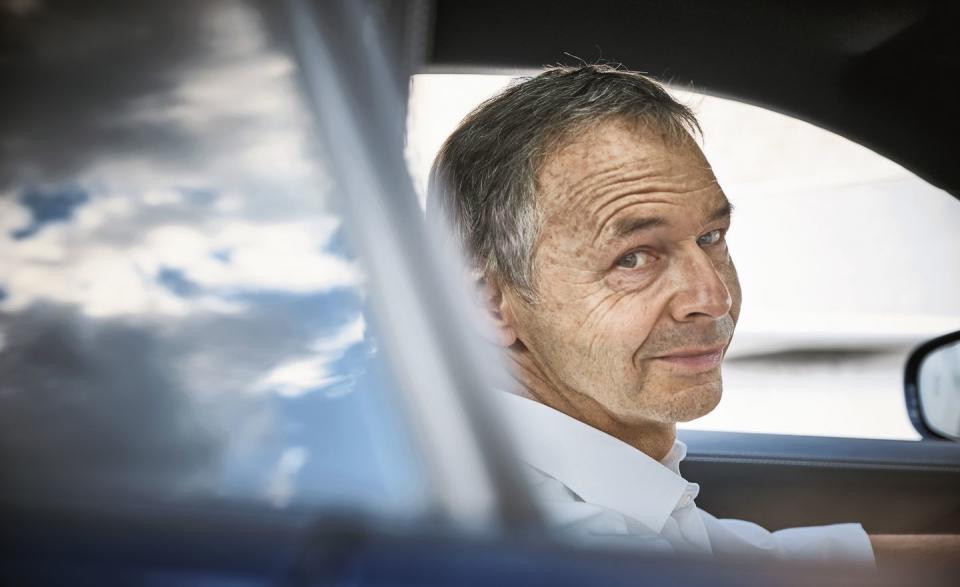
('You Might Also Like',)

 Yahoo Autos
Yahoo Autos 